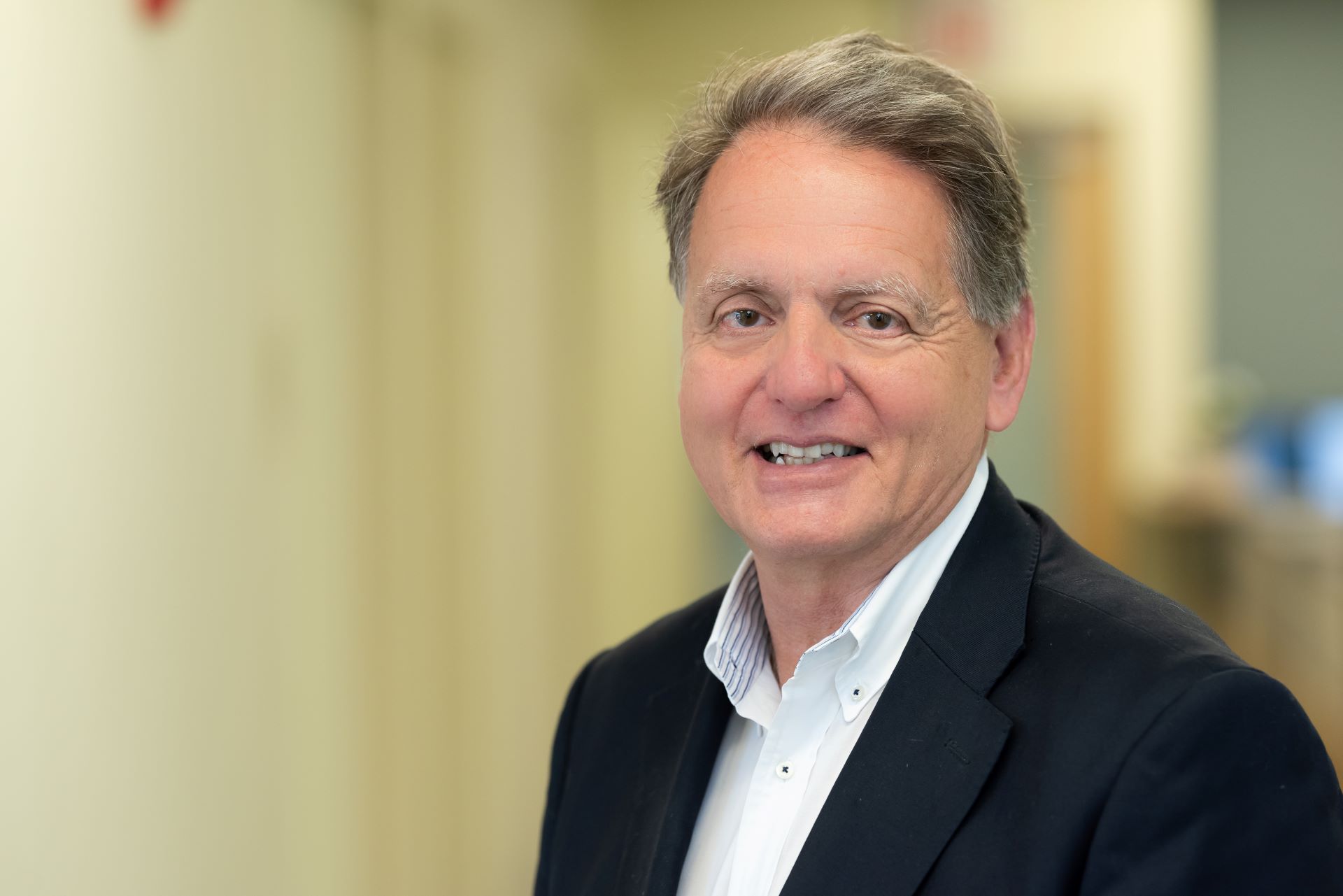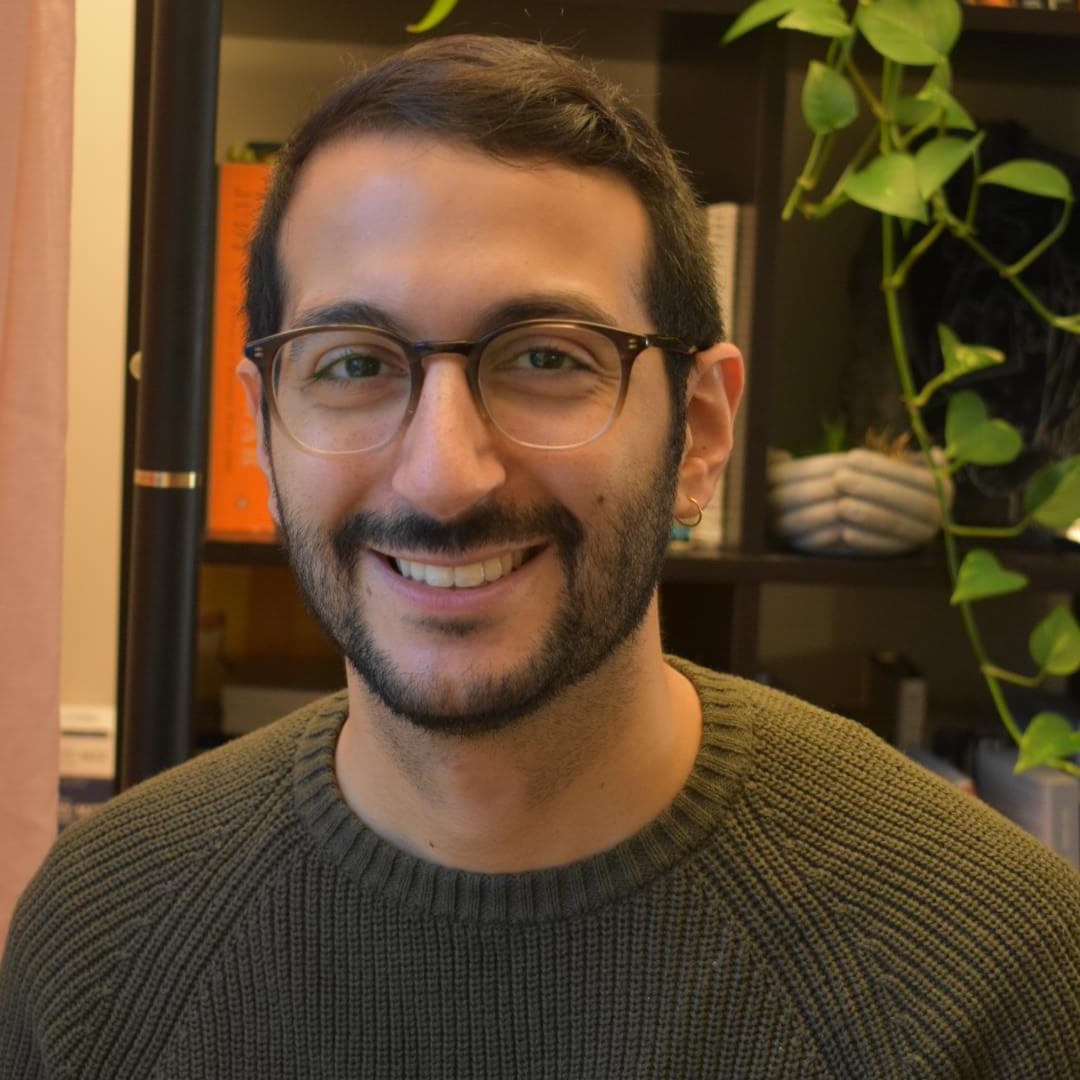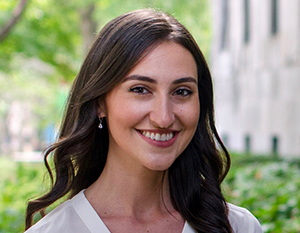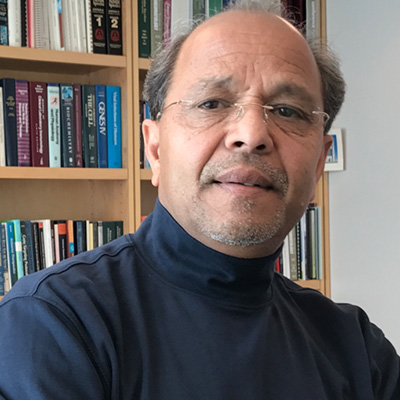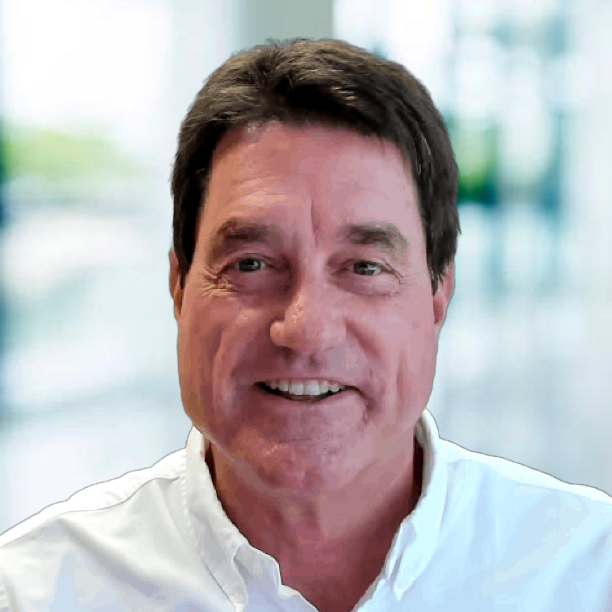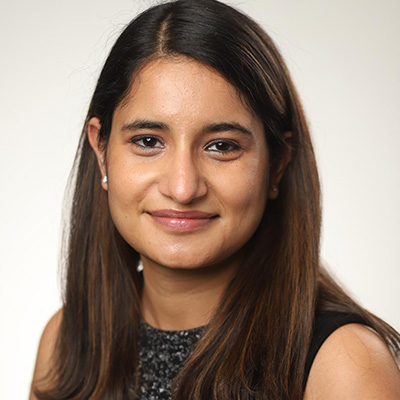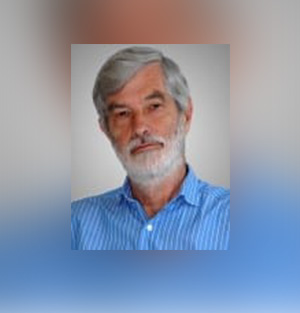
Looking for something?

Science:
Q: Paul Zamecnik and Mary Stephenson in 1978 reported the very first studies on antisense mechanisms of gene silencing. Since the inception of this field – how far have we come – both in basic and therapeutic research & development?
A: The original antisense mechanism has been joined by other mechanisms such as siRNA and micro-RNA, each with their own potential and problems. More approaches might still be developing as we learn more about RNAs such as non-coding RNAs and their roles. We have definitely come a long way and the field is developing satisfactorily both in fundamental research as well in opening up in vivo therapeutic applications, despite still waiting for a big breakthrough in the latter. Mipomersen however is the long awaited light in the sky giving the oligonucleotide therapy the desired publicity.
Q: What are the major challenges that we need to overcome as an oligonucleotide drug development community?
A: As is well known, delivery is a major problem, and is true in several aspects. Cell- and organ-specific delivery is still lacking behind. At present, liver is the most prominent target organ which has to be extended to others. Many promising approaches are being investigated such as with ligand-conjugation or complexation in various liposomes. But even once inside the cells, only a fraction reaches the target. Thus delivery to the target requires improvement such as overcoming the trapping in the endosomes for example, but there might be other hurdles we are not yet aware of. Thus some more fundamental research is required to learn more about oligonucleotide trafficking. It is interesting to see how the oligonucleotide field pushes us to learn more about cellular mechanisms which we have been unaware of so far. Looking further ahead, breaking the blood-brain barrier is a most desirable challenge as is oral delivery of the oligonucleotides.
Q: So far we have seen that there is no “one size fit all” approach for oligonucleotide drug development. We need to constantly innovate to achieve maximum potency as we target different tissues/organs. What do you think will lead this innovation?
A: This is a difficult question. There is a lot of trial and error. Each target/disease will have to be explored, finding the right chemistry in the right positions in the siRNA and micro-RNA approach in particular. Uptake will have to be optimized. Thus this is a multiple challenge, not following straight forward routes.
Q: What is your vision for the Oligonucleotide Therapeutics Society?
A: OTS can play a major role by highlighting research and successes in the field, making the research community aware of the excitement of the field, and the great potential to encourage more laboratories to engage. Somehow we have to reach out further to the community. We also should create a feeling of belonging, being proud of being part of OTS. The newsletter is one means in the right direction. Personal accounts by members describing events and exciting breakthroughs would help to make it lively and we welcome contributions.
Q: Where you do see the field of nucleic acids based therapies in the next 10 years?
A: I am optimistic that the oligonucleotide approach will make it into therapy. There is good reason for being optimistic, however strong competition from small molecules and antibodies will remain. Hopefully oral delivery will have been accomplished by then. There will be certain diseases for which the oligonucleotide method will be the preferred therapy, but the oligonucleotide will not be the panacea.
Life:
Q: Many congrats on your 80th birthday earlier this year. You have achieved so much in your long successful career. People usually gain motivation from others – peers, leaders, and sometime even children. Who and what have been the most influential people and experiences in your life? Why?
A: My late wife, with her warm approach to people in a world-wide openness with a very liberal mind. She opened my eyes to the arts. In science, R.B. Woodward showed me the excitement of chemistry. Collaboration with many colleagues all over the world was a most enriching experience. Their contributions have helped considerably to establish the phosphorothiote and our various ribozyme chemistries.
Q: Do you have a philosophy of life? Why do you follow it?
A: If you call it a philosophy then it is respect and acceptance of others as persons and their opinions. Consider them as an enrichment of your life.
Q: If a young person came to you asking what’s the most important thing for living a good life (both at personal and professional level), what would you say?
A: You should have the feeling of fulfillment independent of what you do. Personal and professional life should be at harmony, spending time with family should have a high priority which will give enjoyment to all.
Q: You have had such an accomplished career in science. If you got a chance – will you do it all over again or will you pursue a different career? Why?
A: I would be tempted to follow a career as an artist, a painter or sculptor. It would give me an absolute freedom to express myself not be restricted by experimental data and rules. However, I would have to have the proper talent which I unfortunately don’t have.
Q: Is there still something that you would like to work on? What is the next step for you?
A: Given my age I cannot work on anything further on. If I was younger I would engage in trying to understand how the mind works.
Dr. Eckstein was interviewed by Veenu Aishwarya in July 2013.


